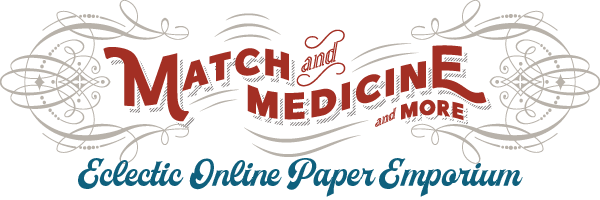Additional information
| Engraver | Frederich Girsch |
|---|---|
| Condition | VF, minor foxing |
| Year | 1860s |
| Paper | india die sunk on card |
| Size | Engraving: 2.5" x 1.75", Card: 5.25" x 4.25" |
$55.00
Engraved by Frederick Girsch for the American Banknote Company this as a die proof depicting men unloading goods at a wharf.
FREDERICK GIRSCH (1821-1895) executed work of all sorts in his early years and achieved a measure of success with book and newspaper publishers in New York and other cities before concentrating on bank note engraving. Frederick Girsch was born in Biidingen, Germany, near Darmstadt. He early showed a natural talent in drawing and received local encouragement and patronage, but after the Revolution of 1848 he left for Paris and finally settled in 1ew York in 1849. In 1851 he was probably employed in the engraving department of Danforth, Bald & Co. Girsch did many allegorical vignettes for the National Bank Tote Co. In addition to his work on the National Currency series, he is credited with the head of Liberty on the 15c and of Washington on the 25c denominations of Fractional Currency, fourth issue. At the age of 73, Frederick Girsch still produced engravings that have been thought to be as fine as any he did in his long career.
American traced its beginning back to Philadelphia and Robert Scott, who started a bank note business in that year. Scott was also engraving for the United States Mint. Finally he relinquished his interest in bank notes and the firm was taken over by John Draper, who had been his assistant. At some time during the long period to 1858, each of the founding firms in some manner, or form had been connected with Scott or Draper, thus establishing the date of beginning as 1795. The name “American Bank Note Company” was used by Jocelyn, Draper, Welsh & Company, in addition to its regular name, since 1854, with the thought that it could be later used by a bank note engraving and printing institution. In 1858 the leading bank note firms-seven in number-united to form an association, which was incorporated under the title of the American Bank Note Company, Association. The founding firms were Rawdon, Wright, Hatch & Edson, New York, Cincinnati, New Orleans, and Montreal, with Isaac Carey of the New England Bank Note Company, Boston, and George Matthews, Montreal; Toppan, Carpenter & Company, New York, Philadelphia, Cincinnati, and Boston; Danforth, Perkins & Company, New York, Philadelphia, Cincinnati, and Boston; Bald, Cousland & Company, New York and Philadelphia; Jocelyn, Draper, Welsh & Company, New York, with Draper, Welsh & Company, Philadelphia; Wellstood, Hay & Whiting, New York and Chicago, and John E. Gavit, Albany. It was agreed among the firms to associate and thus survive the depressions that were occurring, especially the one of 1857. The articles of agreement were signed April 29, 1858, and an official announcement of the Association was issued on May 1, expressing its purpose as:
“For the purpose of placing the bank note currency of the country upon a basis of greater security, with the same features of stability and perpetuity that pertain to Banking Institutions.”
In the spring of 1859, Edmonds, Jones & Smillie, a comparatively new firm, joined the Association. The Association continued business under the agreement until 1879 when the National and Continental Bank Note Companies joined, and the name was then changed to the American Bank Note Company, Consolidation.
| Engraver | Frederich Girsch |
|---|---|
| Condition | VF, minor foxing |
| Year | 1860s |
| Paper | india die sunk on card |
| Size | Engraving: 2.5" x 1.75", Card: 5.25" x 4.25" |
